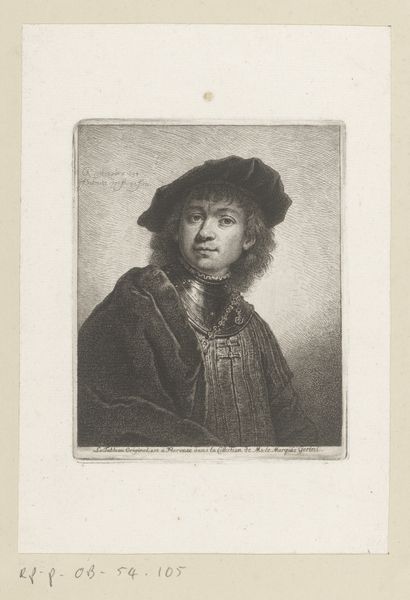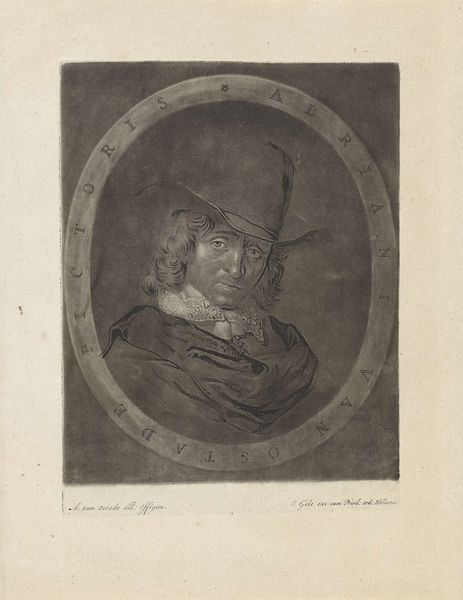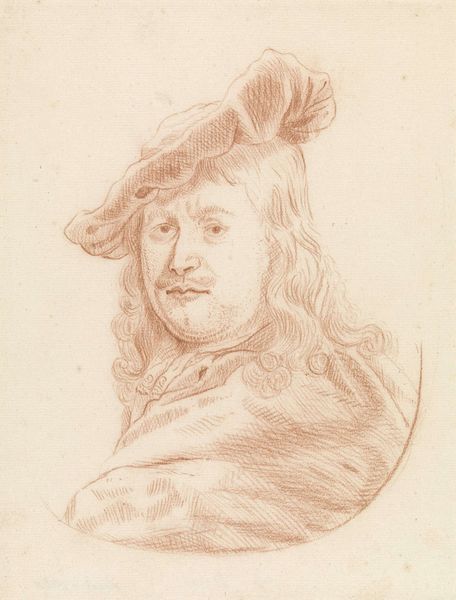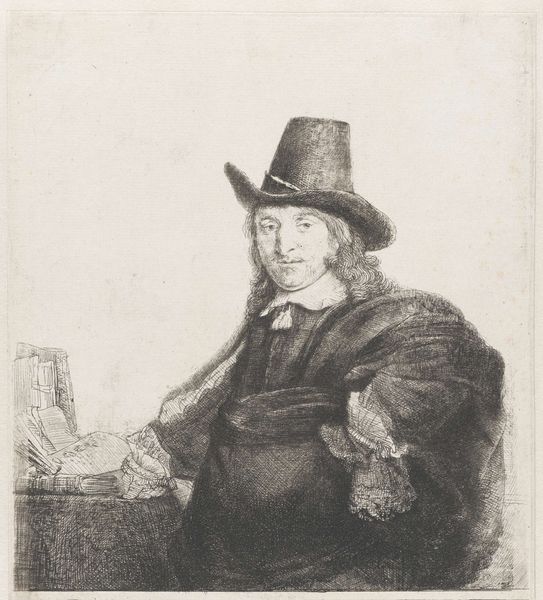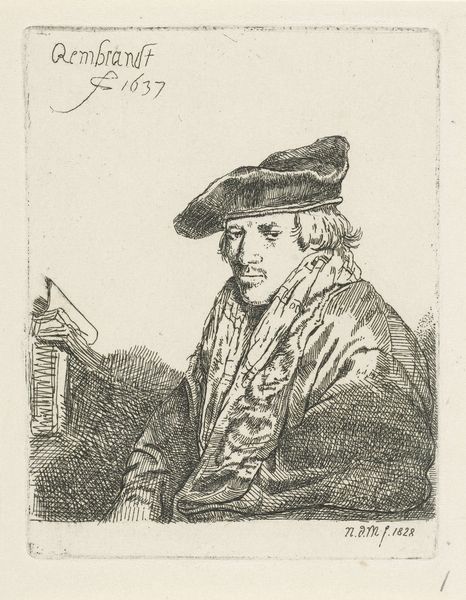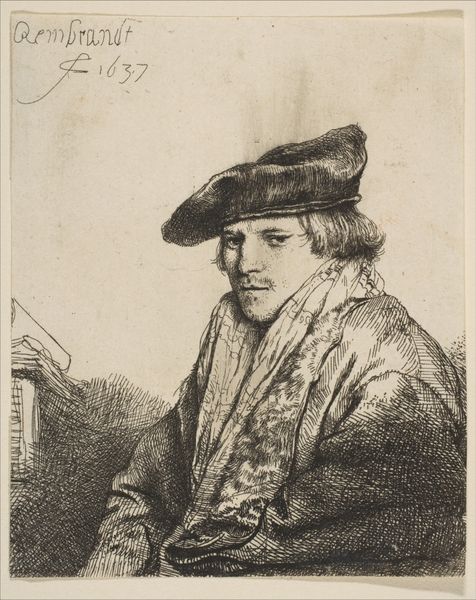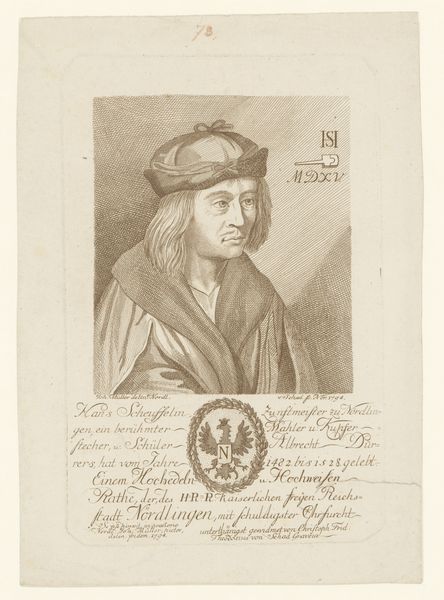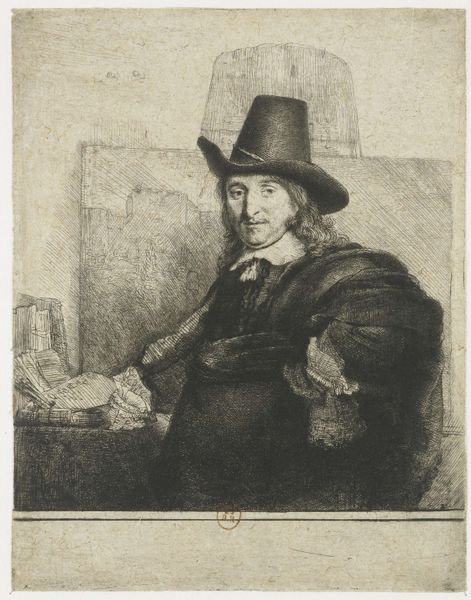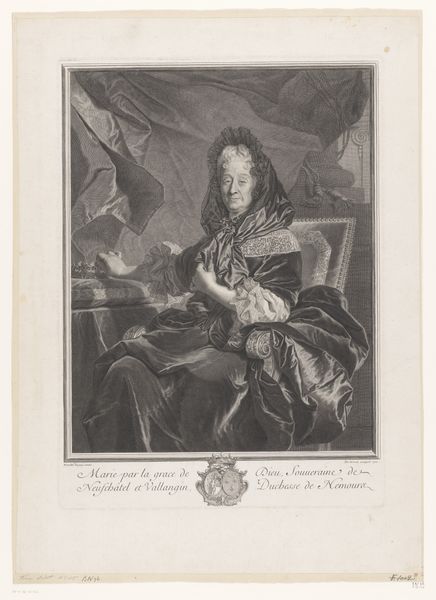
Dimensions: height 274 mm, width 210 mm
Copyright: Rijks Museum: Open Domain
Editor: So, this is "Man bij borstwering," from 1773-1774, currently at the Rijksmuseum. It is attributed to Bernhard Schreuder. It looks like it was done with pen and pencil. It reminds me of a quick sketch... something found in a notebook. What's your take? Curator: It’s fascinating how we immediately perceive it as a “sketch,” influenced by our contemporary understanding of artistic labor. But, let's consider the materiality. Pen and pencil weren't just tools; they represented specific levels of accessibility and affordability. Who had access to these materials and the time to dedicate to such drawings? The depiction of finery of dress places him in a context of luxury. Does this drawing celebrate individual creativity, or reflect broader social structures determining who gets to create and who gets to be portrayed? Editor: That's a good point. The man’s clothing and pose definitely imply wealth. I hadn't thought about the pens and pencils as materials that weren’t easily accessible. How would that understanding change our viewing of similar sketches of everyday people? Curator: Exactly! By examining the means of production, we question whether it is a “simple” sketch. We might see it instead as a potent marker of class and access. Does this alter your understanding of "sketchbook art" in general? Editor: It really does. I’m now thinking about the labor involved, even in what seems like a quick study. Curator: It challenges the romantic idea of spontaneous genius, doesn’t it? Now, what if the work were reproduced, copied, or even forged. Would this affect our reading of it? Editor: Definitely! Copies might democratize access, but forgeries muddy the waters of authenticity and artistic labor. Thanks for opening my eyes to how materials and production shape meaning.
Comments
No comments
Be the first to comment and join the conversation on the ultimate creative platform.

